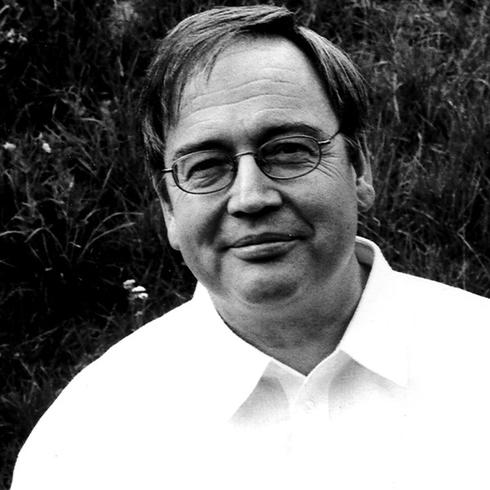
" Anges "
For orchestra
Musica Mundana
SÉLECTION 2018
- Nominated for : The Young Audience Prize 2019
- Nominated for : The Musical Composition Prize 2018
Poet, musician and painter Paul Klee grew up in Bern, a town he often immortalised.
As I raise my eyes from the worktable, I glimpse a splendid panorama: perched on the left bank of the Aar River, I can see on the right, the Cathedral, one of the painter’s favourite subjects; nearby, the Casino and concert hall; across from there, Hotel Bellevue and the Federal Palace; on the left, the Kunsthalle, which hosted major Paul Klee exhibitions, at the end of the Kirchenfeld bridge, also featured in some of his drawings. So, I have the privilege of being Paul Klee’s "neighbour", since he lived and worked right next door to us a century ago.
I took photos from my secret garden, the Englische Anlagen, a forest on the right bank, a little, too, to prove to Pierre Boulez that Bern is not really a drab provincial town, unable to inspire Paul Klee, at least musically, as suggested in his book The Fertile Land, which is very interesting. According to the eminent composer, our painter, who was an excellent violinist, never wanted to play music by composers who were his contemporaries since he had no artistic impulse, lost in this overly quiet town.
In 1910, Paul Klee drew our city’s silhouette on glass. He then projected the drawing on a sheet of paper using the flickering flame of a kerosene lamp to “correct distortion” of the subject. Once reversed, the drawing evokes a reflection in the waters of the Aar River, very calm in winter.
In a way, he discovered a process leading to abstraction from very striking figurative theme, just as, in Bern at the same time, Einstein defined his famous equation demonstrating that the energy contained in matter is equal to its mass multiplied the speed of light squared!
Both the artist and the scientist triggered tremendous upheaval that challenged all the laws of painting and physics that prevailed before their discoveries.
Along with these rather theoretical concerns, Paul Klee turned his attention to the spiritual phenomena he observed in the subconscious areas of artistic inspiration, poetry and how music affects human beings.
On the one hand, he was fascinated by the angels he saw in the mysterious space between the earth and sky. Since his youth, he made some fifty drawings and paintings sketching these fugitive beings.
The figure of the angel reveals what Goethe said of poetry, “contemplating the universal in the particular” and what Klee said of painting “not reproducing the visible but making visible.”
The painter grasps his angels as they pass, often rendering them in a single pencil stroke. The most interesting drawings include: the angel (Angelus novus) shaken by the impact of the two wars the painter experienced with the loss of his best friends August Macke and Franz Marc, both convinced of the need for World War I to “cleanse" the decadent minds of the time, an idea Paul Klee did not share, as well as the “forgetful angel”, “future angel”, “vigilant angel” and “angel with bell.”
On the other hand, doubts concerning the evolution of humankind, the loss of his position as teacher at the Düsseldorf Akademie because of the Nazis who set out to cleanse institutions by eliminating “degenerate” artists and his serious illness (scleroderma, in which auto-immune inflammation hardens and thickens the skin and internal organs) ate away at him and inspired many depressing subjects in his works.
Fortunately, music provided moments of happiness and even hilarious reflection. Thus, he was amused by the Fatal Bassoon Solo (perhaps the pernicious solo in the last movement of Beethoven’s 4th Symphony, which he performed with the Bern orchestra at the age of 11!) or the utter confusion of the Pianist in Distress (seated on a chamber pot!).
Very impressive, the Timpanist stares with a critical eye at the conductor. It was painted in the last year of the painter’s life, when his activity literally exploded, producing 375 works in just a few months!
The Entry for the French Horn, a “hieroglyph”-type work alluding to the complexity of the orchestra’s most delicate instrument.
A Garden for Orpheus is a very rich drawing, made exclusively of parallel horizontal, vertical and diagonal lines suggesting mysterious music that could be by Johann Sebastian Bach.

